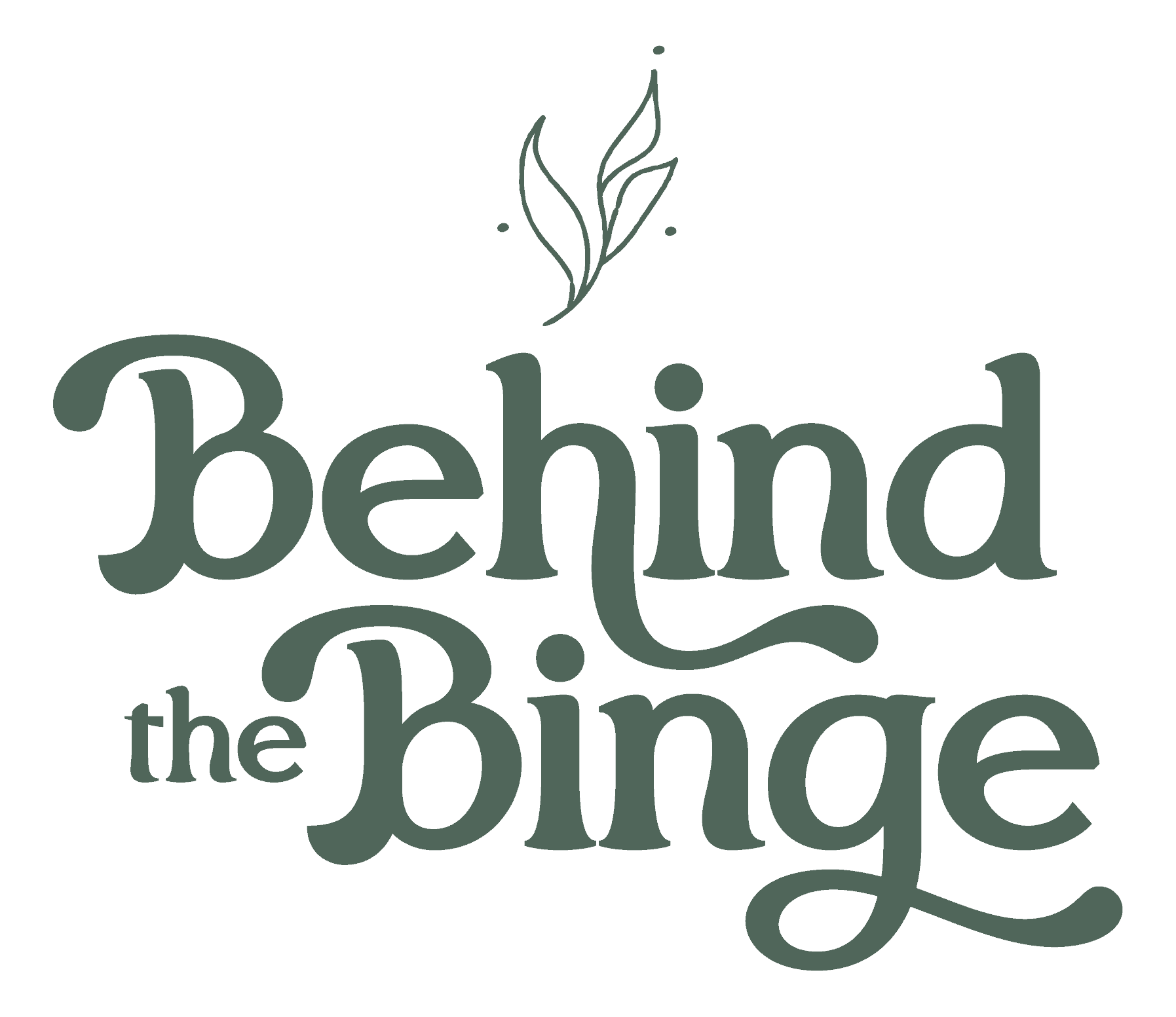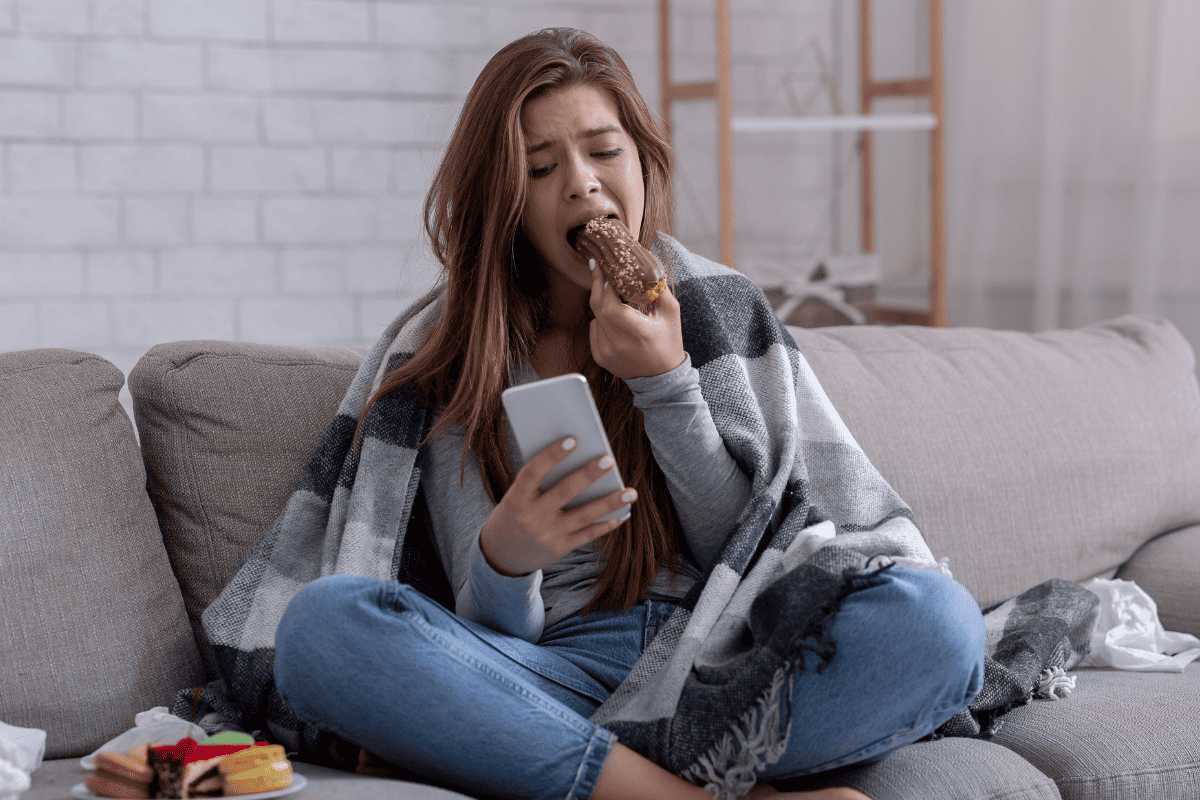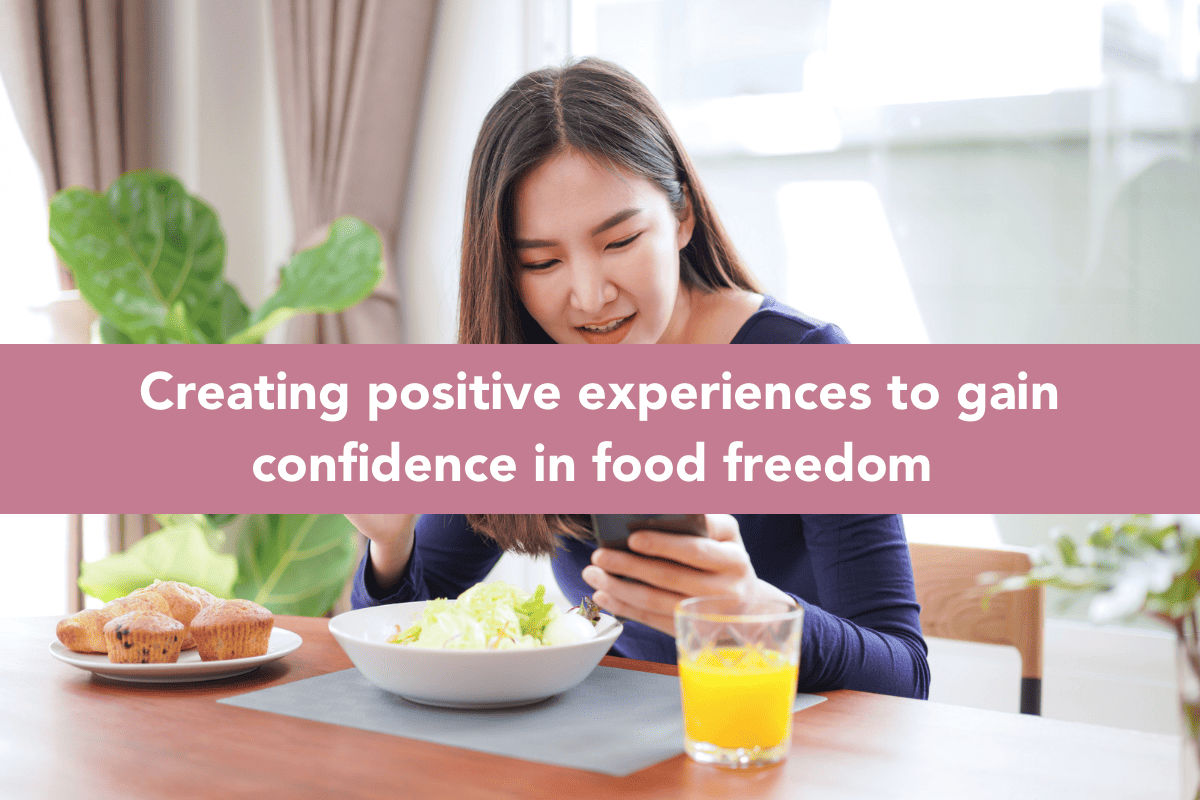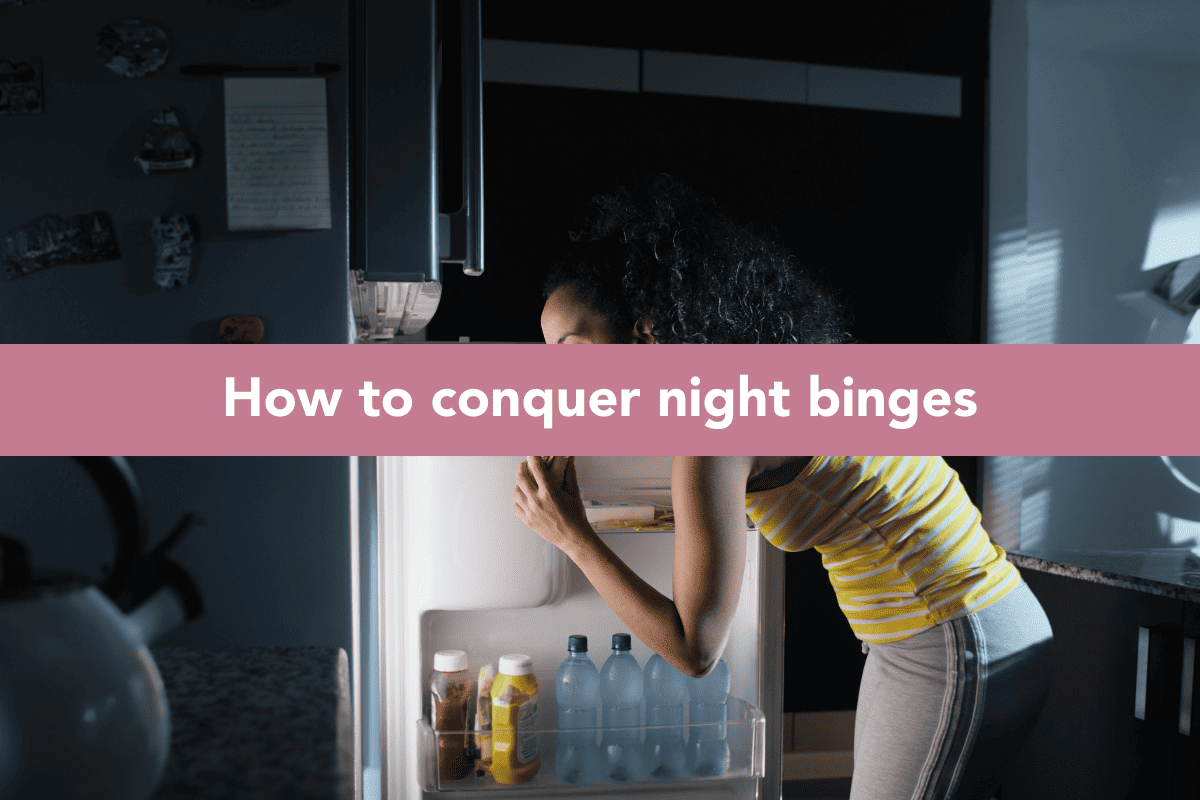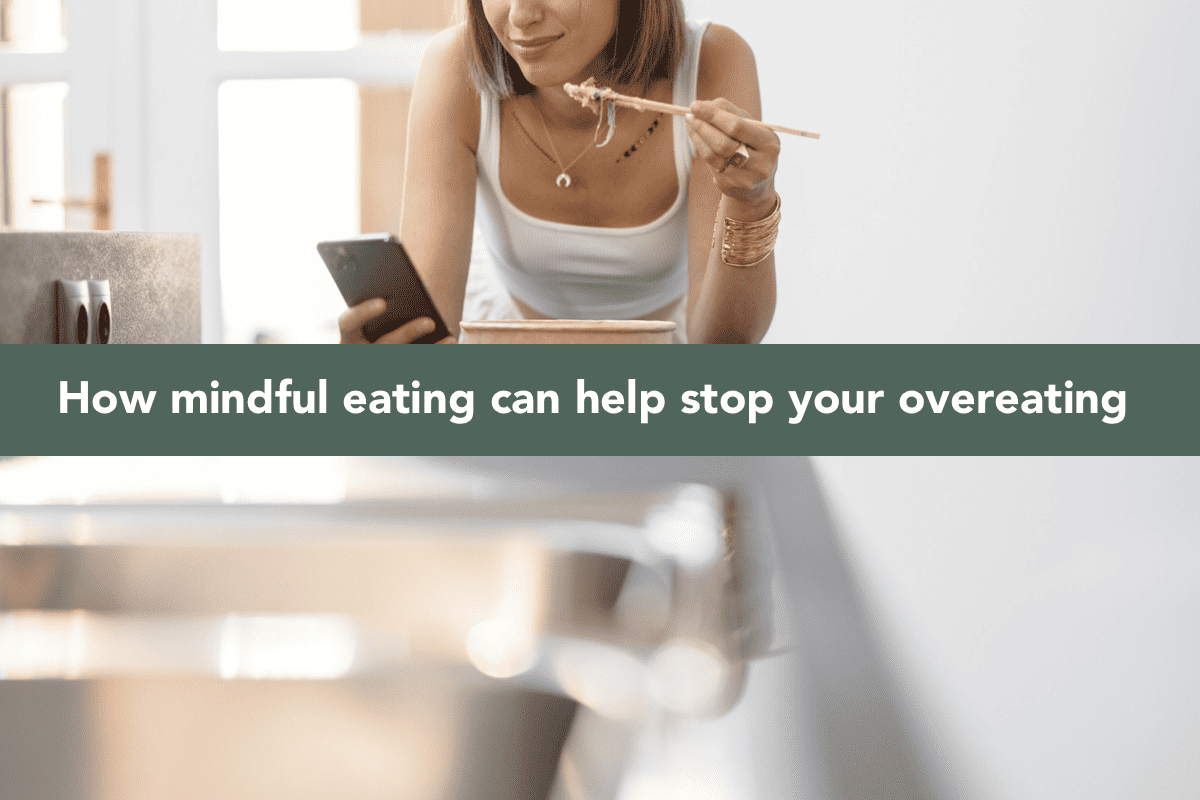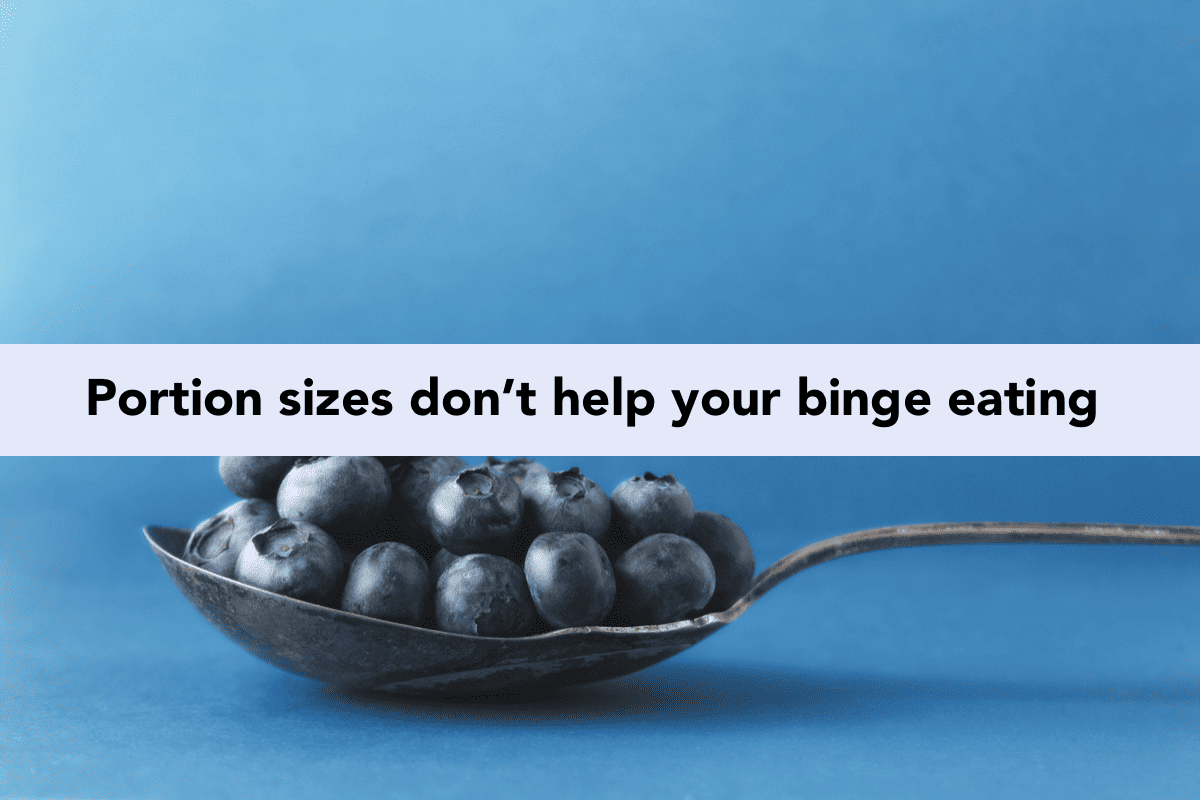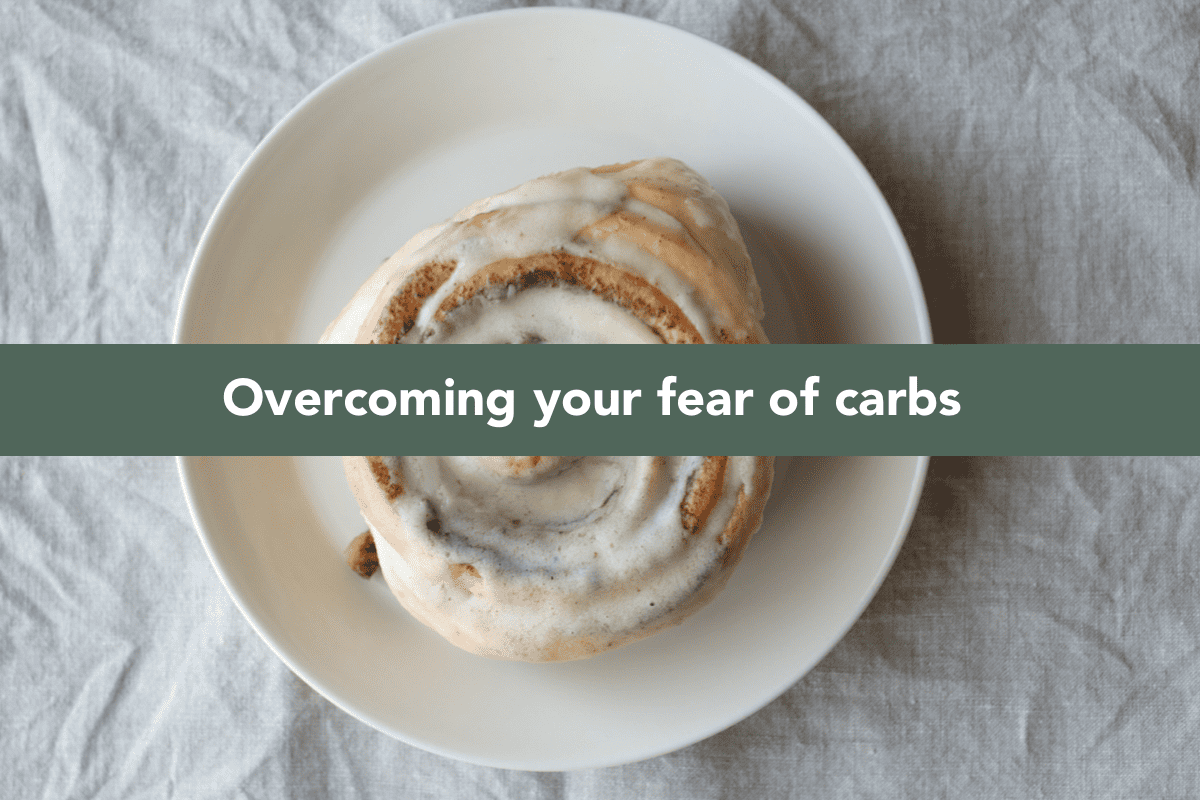Emotional eating is okay. You know that warm fuzzy feeling you get after taking the first bite of fresh apple pie, straight out of the oven, with a scoop of vanilla ice cream on top on a cool fall evening? Yeah, that’s a positive emotional reaction to eating. And if you are a human being that is totally normal to have with food. There’s nothing wrong with you for feeling as though food has an emotional reaction in you, it’s literally in our physiology. You know that organ that is the core of our emotional regulation called the brain? It is constantly processing a wide range of complex stimuli that create reactions in our body that we feel as emotions. It’s truly a basic survival mechanism.
Even though one of the principles of Intuitive Eating is to cope with emotions without using food, eating is a perfectly fine coping tool to use. I mean, tell me that meditating is better than a warm bowl of mac and cheese after a really stressful day at work? Or that a walk can comfort a heartbreak in the same way a bowl of ice cream with chocolate sauce and brownies can? I don’t think so. These coping tools are meant to soothe the emotion in the moment. Emotional eating isn’t going to solve anything, however, neither is taking a warm bath if that’s what you choose.
Keyword Choose. Whatever tool you choose to utilize, address the intention behind the choice. If you’re choosing to order pizza to cope with the craziness of a recent job change, you are more likely to benefit from utilizing food as a coping skill. The intention is there. However if you find that you’re impulsively ordering a pizza to numb an emotion or avoid a conflict, you are not present to the benefits of the comfort food could provide at that moment. You are likely fueling more negative emotions with subsequent guilt and shame, defeating the purpose.
It’s important to know your coping toolbox. What are some things you can do when faced with an emotional experience? Having a list can help you identify if emotional eating is the only tool in your toolbox. This is when it may become a problem. Our capacity of emotional energy will vary which determines what tool we choose to cope with. What might be on your low energy list may be emotional eating or watching a TV show. What might be on your high energy list would be going for a walk, journaling, or meditating. Tools that take a bit more consciousness. Having this range of coping tools is important because we cannot expect ourselves to always have the energy to process difficult emotions in each and every moment. So a low energy coping tool may just intend to charge your battery in order to better process the emotion another time.
Here is my emotional toolbox, scaled based on the energetic capacity each tool requires:
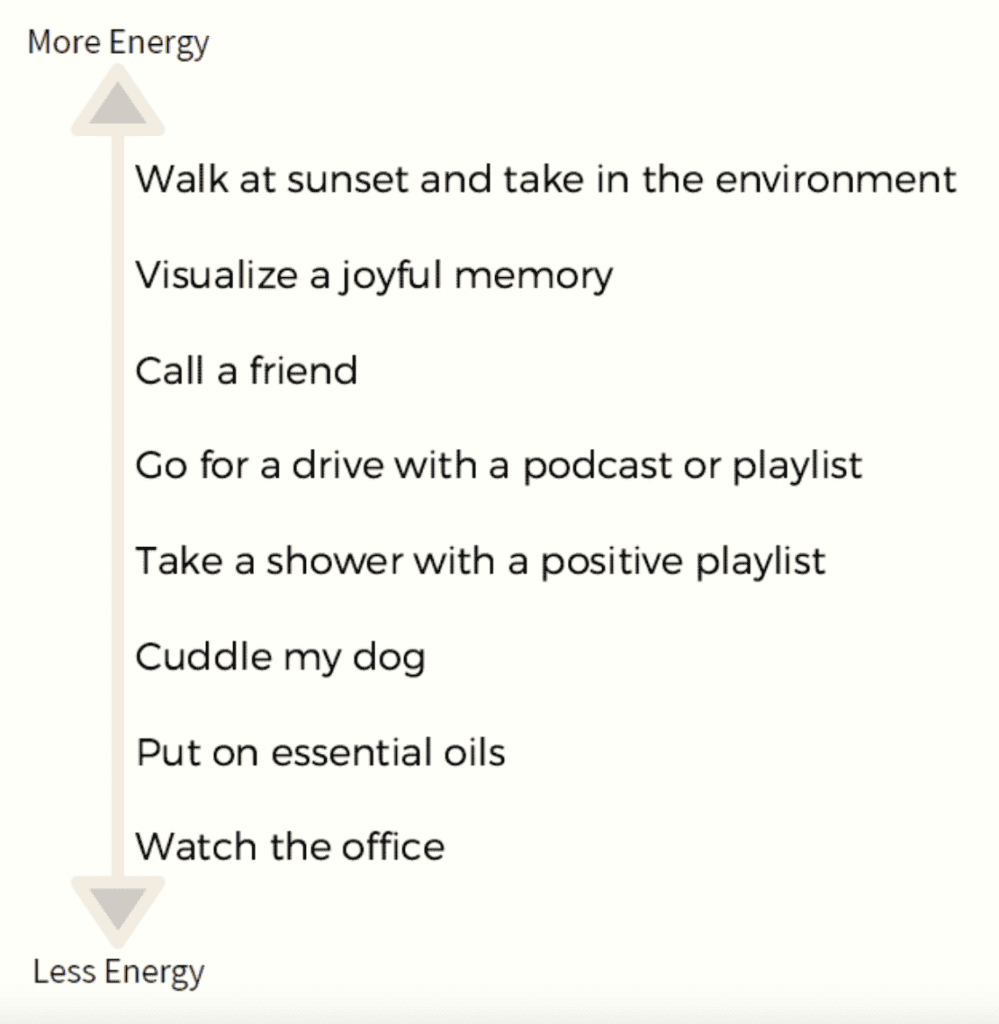
Distracting can be one-way emotional eating serves as a coping tool, but distraction is not synonymous to numbing or avoiding. If you find food is used to avoid or numb emotions, it’s important to explore new ways of coping without food through therapy, coaching, or guided self-help. The first step would be to sit in the emotions, create consciousness in your feelings, and work through any barriers of feeling these emotions especially if they relate to trauma and/or eating disorders.
Instead of restricting yourself from your innate desire for comfort foods, consider situations where food actually makes you feel better and cultivate permission to eat and move on! The only thing worse than emotional eating is feeling bad about it!
Reviewed and Edited by Kaitlyn Allen MS, MEd, MS, RD
If you’re ready to heal your relationship with food and your body. you’re in the right place! Join Behind The Binge Academy, my signature group coaching program so you can create a healthful life where you eat without guilt, stress or obsession.

